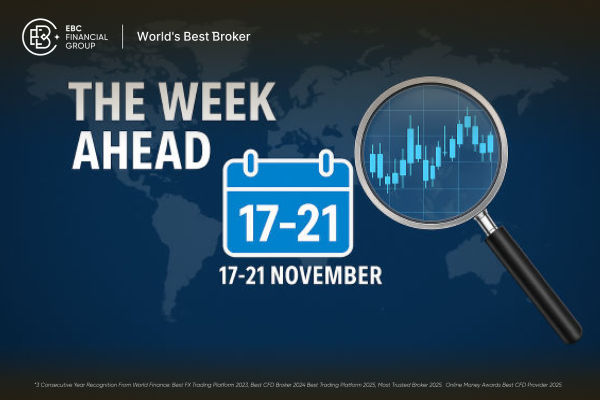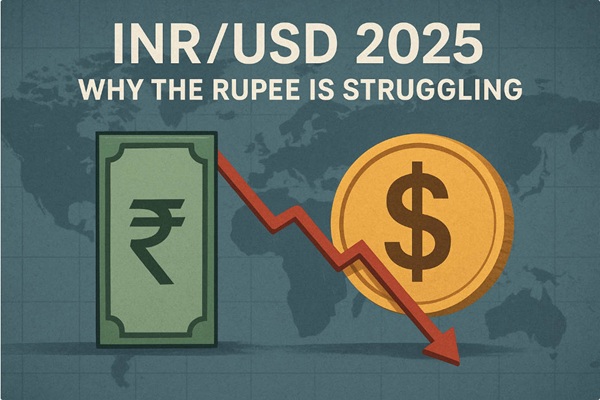Key immediate takeaways:
Powell signalled an openness to further easing if labour-market weakness persists.
He underlined the Fed's data dependence — meaning decisions will hinge on forthcoming jobs and inflation reports.
He floated the possibility of slowing or pausing balance-sheet runoff, which would functionally ease financial conditions even without a rate move.
What Powell actually said — and why it mattered
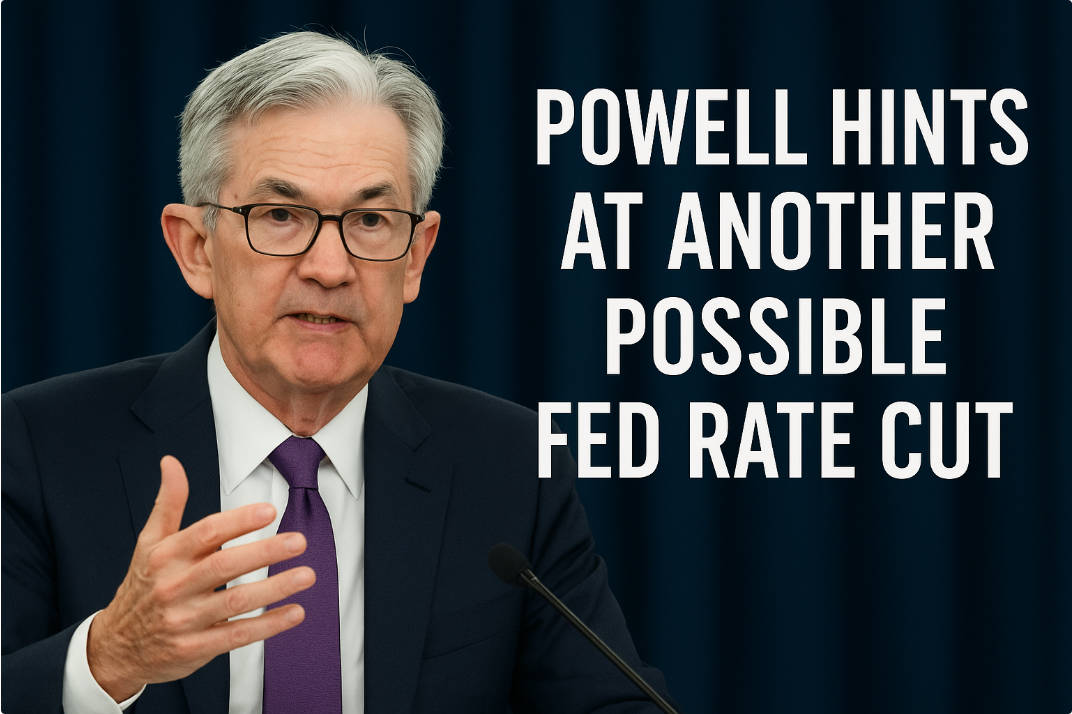
Powell's tone was deliberately cautious yet subtly dovish. He noted recent evidence of weaker hiring and an increase in downside risks to employment, while also saying that inflation has not yet decisively returned to target. [1]
Crucially, he framed decisions as conditional on incoming data and emphasised a meeting-by-meeting approach rather than committing to a preset path of cuts. That mixture of caution and willingness to ease if jobs continue to soften convinced markets that the Fed is ready to act again.
Short timeline — recent Fed actions and market reaction
| Date |
Fed action / event |
Policy level or signal |
| September 2025 |
FOMC cuts the policy range by 25 bps (first cut in 2025). |
Target range set to 4.00%–4.25%. Reuters |
| 14 Oct 2025 |
Powell speech (NABE) — emphasised labour risk, meeting-by-meeting approach. |
Markets raise odds of further cuts. Reuters+1 |
| 28–29 Oct 2025 |
Next scheduled FOMC meeting (markets pricing outcome). |
Traders largely expect a 25 bps cut; probabilities are high per CME FedWatch. CME Group+1 |
A separate market snapshot (below) shows how strongly traders have priced an October cut.
How markets are betting — probabilities and positioning
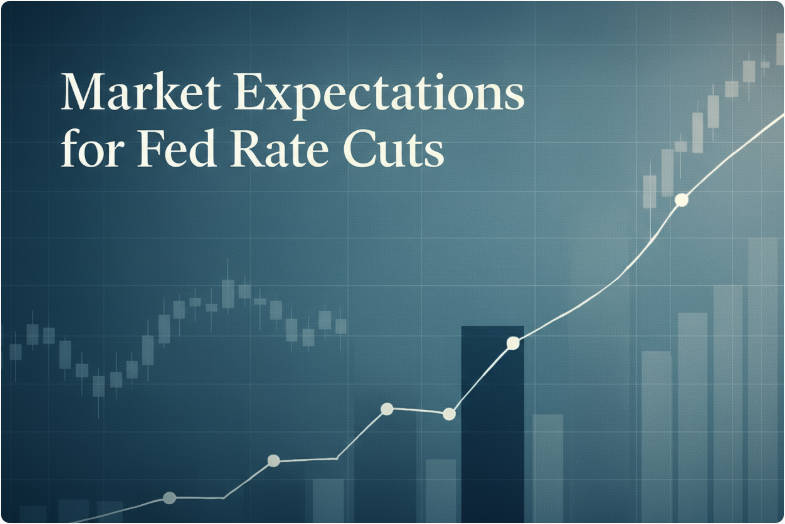
Market-implied probabilities, derived from short-term futures and swaps, surged after Powell's comments. The CME FedWatch tool — the standard market gauge — priced a very high probability that the Fed will cut by 25 basis points at the upcoming meeting, and meaningful odds for a further cut by December. Other derivatives and prediction markets show similar bets. Broadly:
(Readers should note: probabilities quoted above change daily as data and Fed communications arrive; the CME FedWatch page is the canonical, market-based reference.)
Diverging views within the Fed
Powell's comments have not produced unanimity inside the Fed. Several officials have been explicit about how many cuts they expect — and some remain cautious.
Other officials (e.g., Michael Barr) — have warned against over-easing while inflation remains above target, urging caution. These officials remind markets that the Fed's mandate includes price stability and that premature loosening risks rekindling inflation.
The result is a Fed with a mildly dovish tilt from its leadership and sizeable internal cross-currents. That diversity is part of the reason Powell's language emphasises flexibility rather than fixed commitments.
The economic data that will decide the path
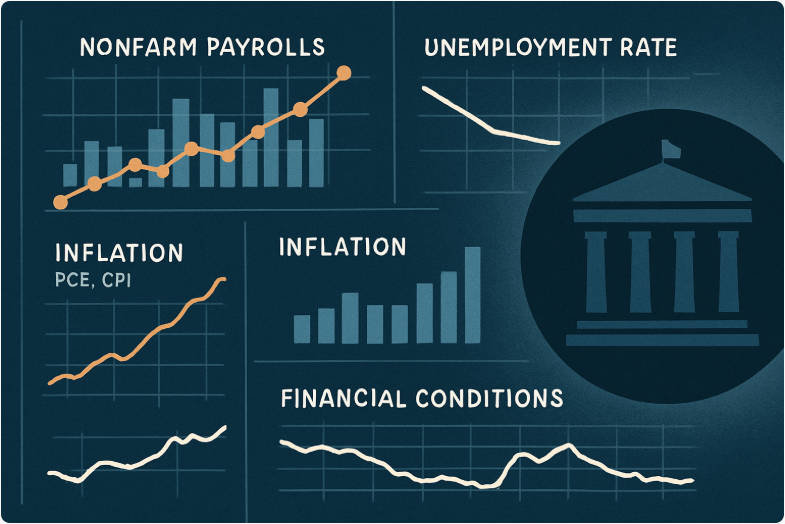
The Fed's "meeting-by-meeting" stance means the following indicators will be watched closely:
Nonfarm payrolls and unemployment rate — persistent weakness in hiring would increase pressure for cuts.
Core inflation measures (core PCE, core CPI) — if core inflation remains sticky above 2%, the Fed's room for cuts narrows.
Wage growth and labour-force participation — higher wages would complicate easing; softer wages make cuts easier.
Balance-sheet and financial-conditions signals — whether the Fed halts asset runoff will affect liquidity and borrowing costs without an immediate rate move.
Risks to the "two-cut" narrative
Analysts caution that the apparent market consensus could prove premature. Principal risks include:
Inflation surprises: if core inflation readings accelerate, the Fed could slow or reverse planned cuts.
Data blackouts and uncertainty: a U.S. government shutdown that delays or distorts official releases could reduce the Fed's real-time visibility and increase policy error risk. Several reports note that recent data flows were affected by political disruption, complicating the Fed's reading of the economy.
Global spillovers: sudden moves in foreign economies, or market stress abroad, could force a change in the Fed's calculus.
These risks mean the Fed is likely to move gradually rather than aggressively even if it does cut again.
What markets and households should expect
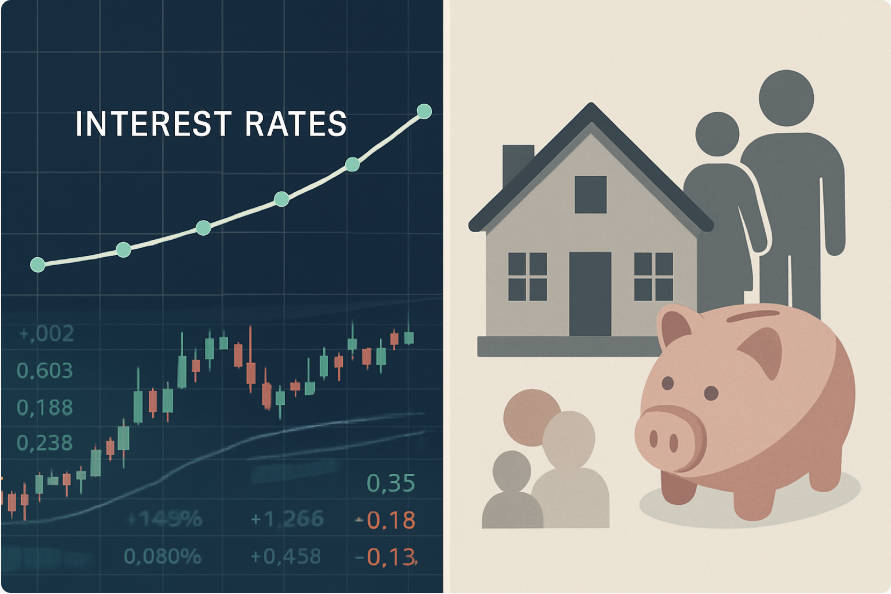
Short term (weeks to months): a high likelihood of a 25 bp cut at the late-October meeting, with a meaningful chance of a further cut in December. Markets will remain sensitive to labour and inflation prints.
Medium term (through 2026): the Fed's path depends on whether inflation continues to trend toward 2% without a large deterioration in employment. If so, a modest easing cycle could occur; if not, cuts will be limited.
For households, the near-term implication is slightly lower short-term borrowing costs if the Fed cuts; for savers, the yield on safe assets may compress further. For borrowers, mortgage and consumer rates are influenced by both the Fed and broader Treasury yields, so transmission is not one-for-one.
Conclusion — a measured pivot, not a policy rout
Powel's recent remarks amount to a careful recalibration: not a dramatic U-turn, but a willingness to ease if the labour market softens further and inflation continues its slow descent toward target.
Markets have reacted by pricing a high probability of a near-term cut, and some Fed officials — notably Michelle Bowman — have publicly signalled support for additional cuts.
Yet significant internal disagreement and upside inflation risk mean the Fed will almost certainly proceed with deliberate caution.
The coming weeks' employment and price readings will tell whether the committee follows Powell's hint with concrete action — or chooses to keep policy on hold until the data are clearer.
Disclaimer: This material is for general information purposes only and is not intended as (and should not be considered to be) financial, investment or other advice on which reliance should be placed. No opinion given in the material constitutes a recommendation by EBC or the author that any particular investment, security, transaction or investment strategy is suitable for any specific person.
Sources:
[1]https://www.reuters.com/business/feds-powell-says-economy-firmer-footing-though-low-hiring-low-firing-trend-2025-10-14
[2]https://www.reuters.com/business/feds-bowman-expects-two-more-interest-rate-cuts-this-year-2025-10-14/

















